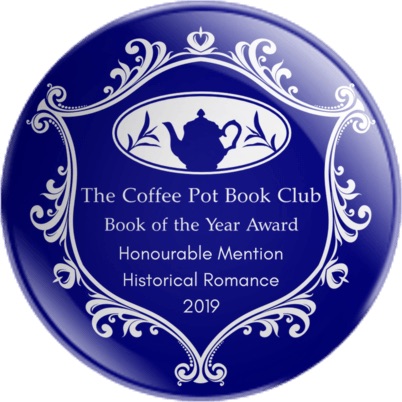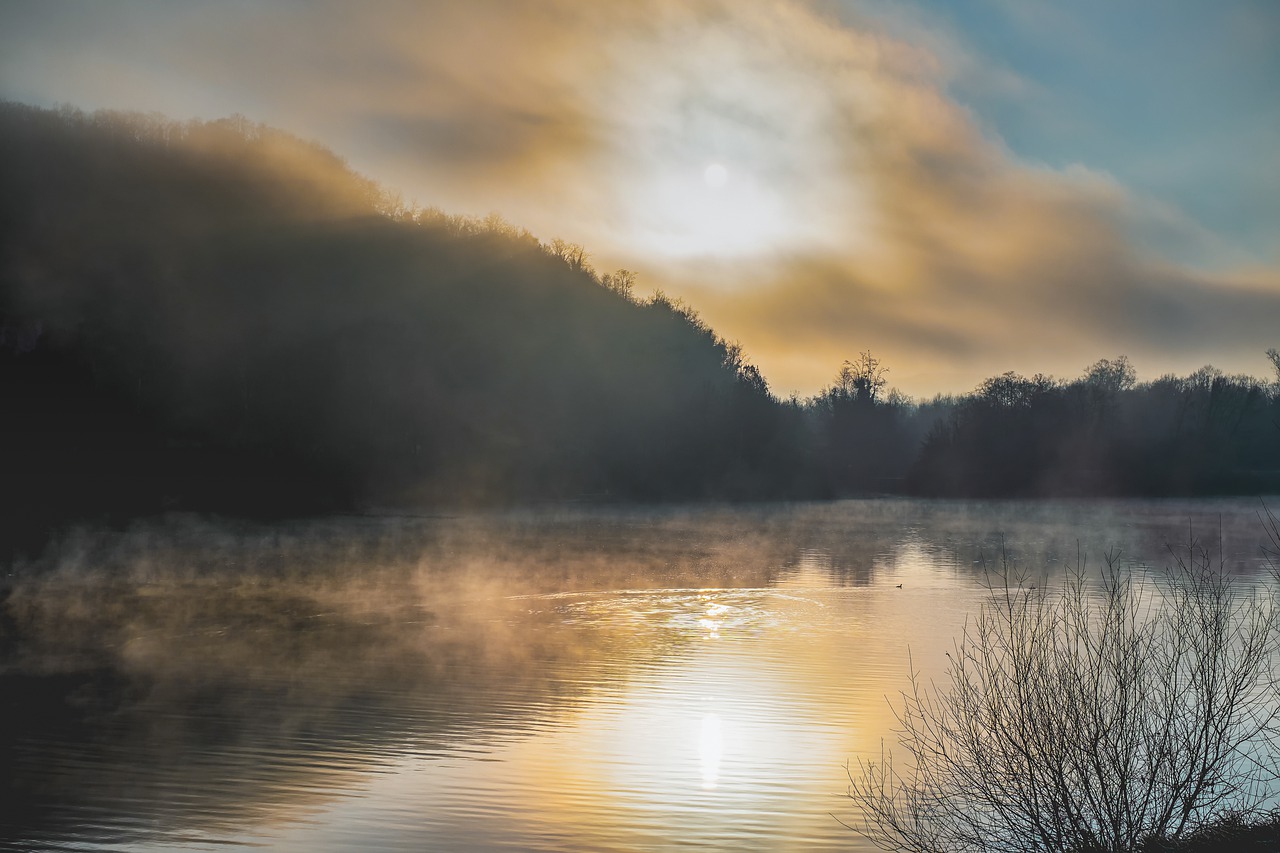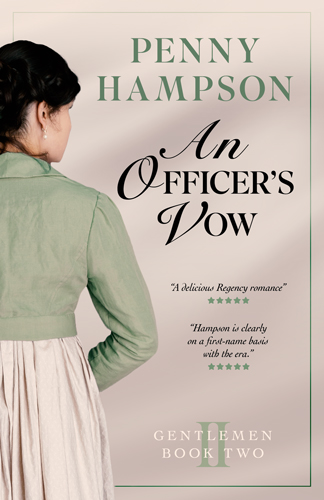A runaway heiress. A battle-scarred officer. A desperate plan.
Major Nate Crawford’s future is bleak. Crippled and useless, he’s contemplating ending it all.
Then fate throws him one last chance…
Sheltered heiress Lottie Benham is running away — the bravest thing she’s ever done. She needs to hide and stay alive.
When their paths collide, Nate comes up with a plan that should suit both of them. But his simple solution turns into a battle for survival when their journey becomes a deadly adventure — endangering their lives… and their hearts.
Caught up in conflict, danger, and deception, will Lottie and Nate survive to find the perfect solution to their problems?
Fast-paced adventure with plenty of pulse-racing action and romantic suspense, make this gripping historical romance a must-read for lovers of classic Regency fiction.
Buy AN OFFICER’S VOW



